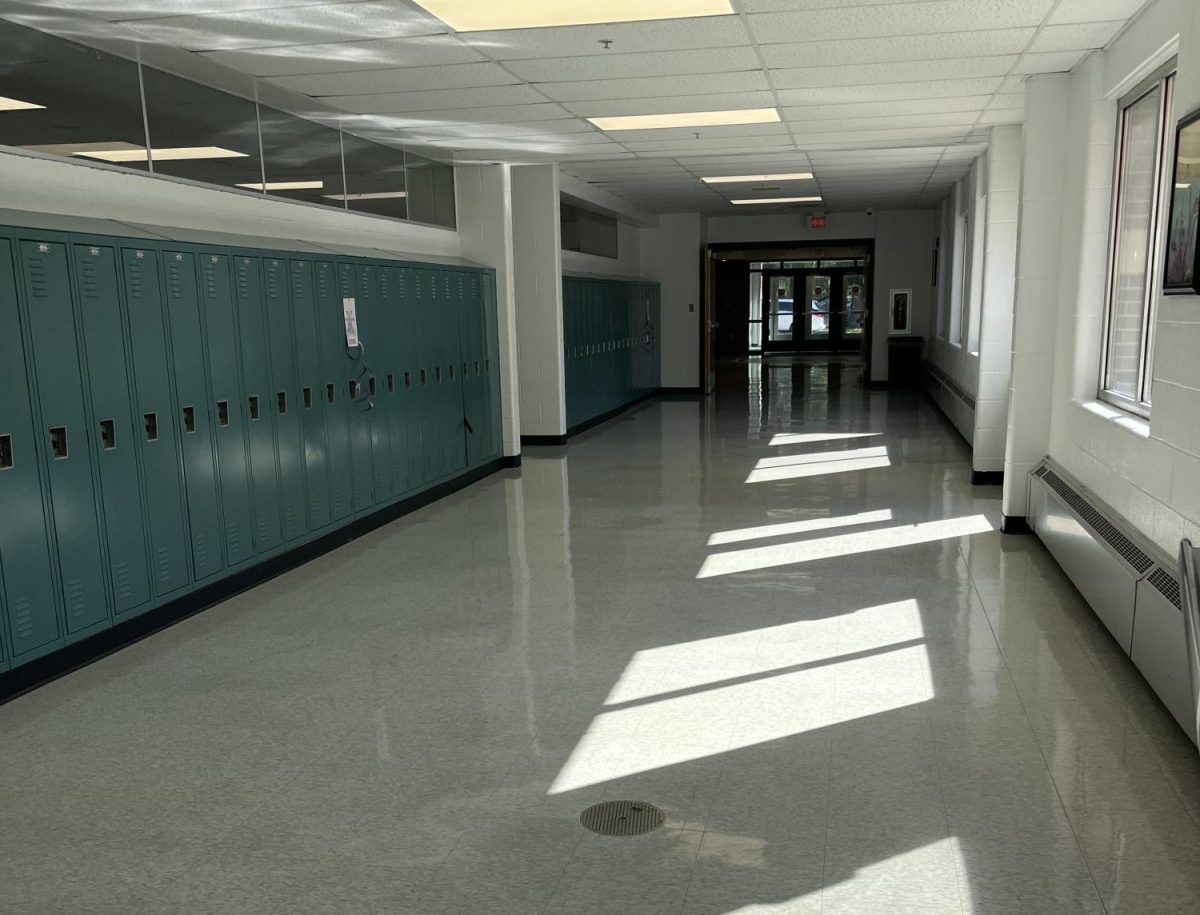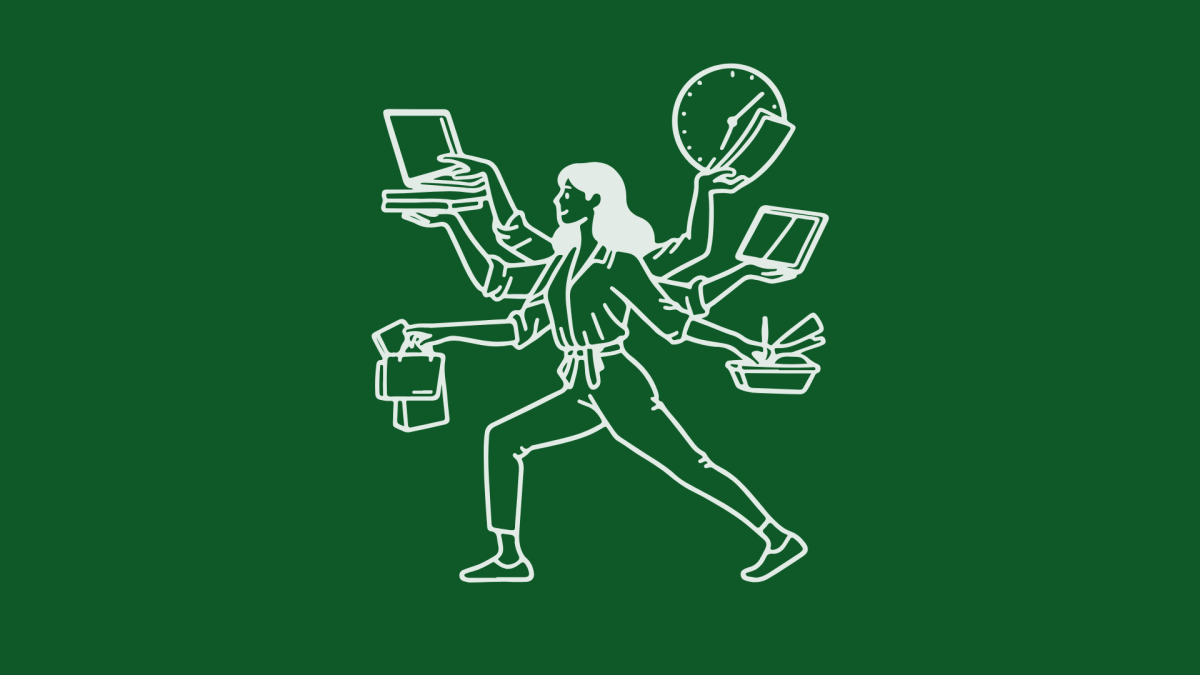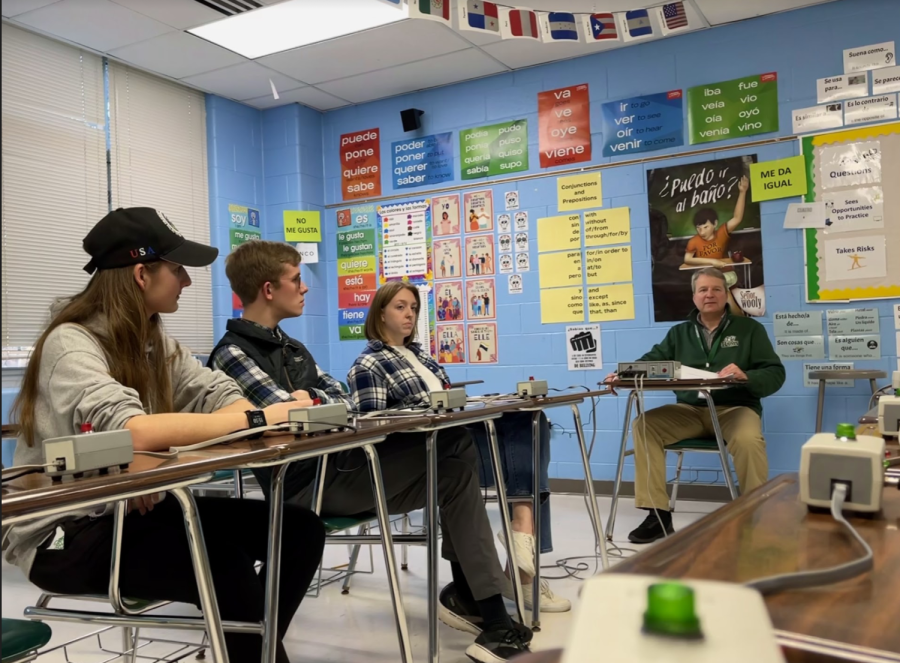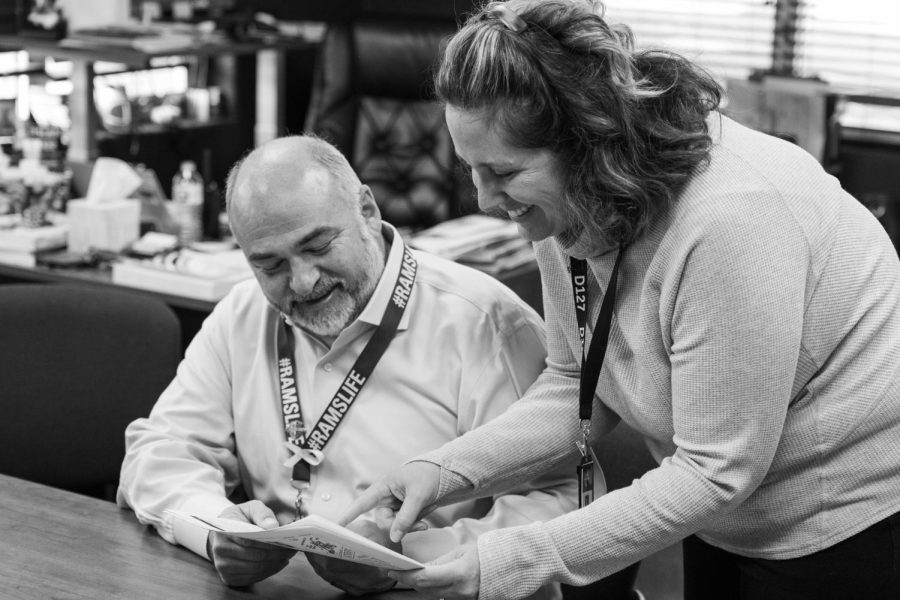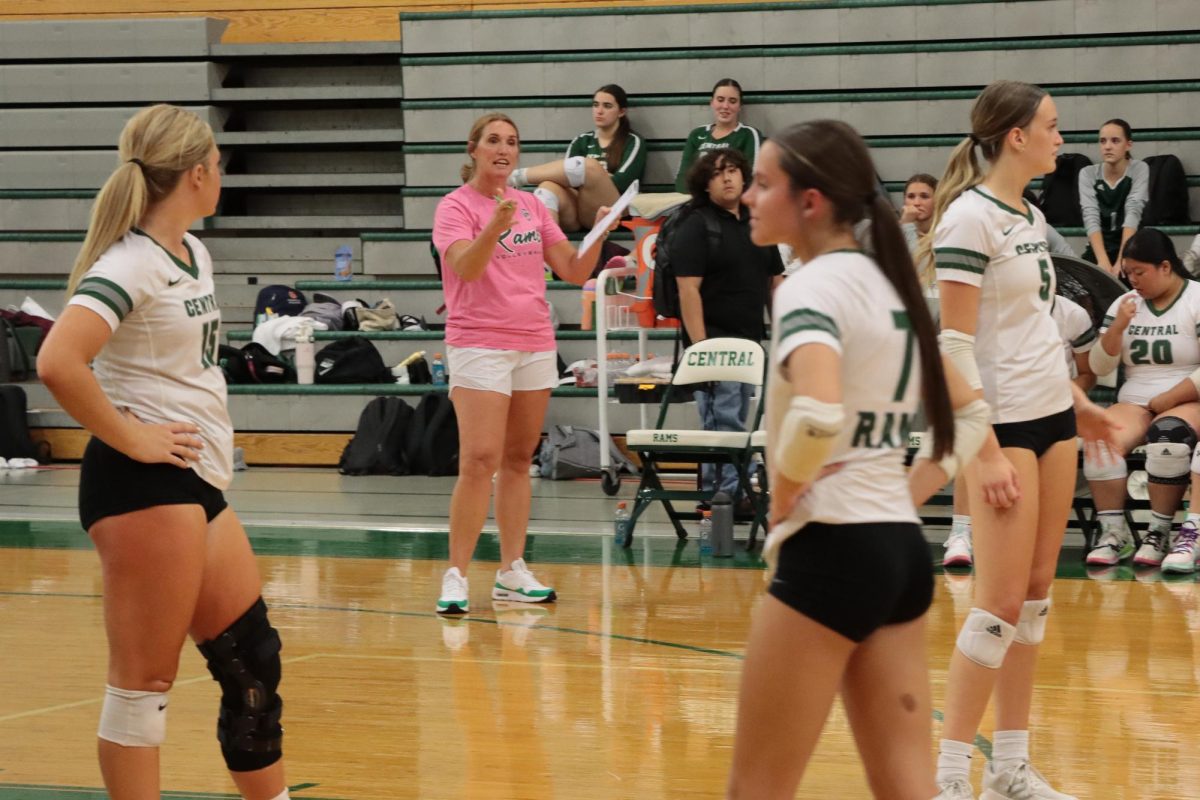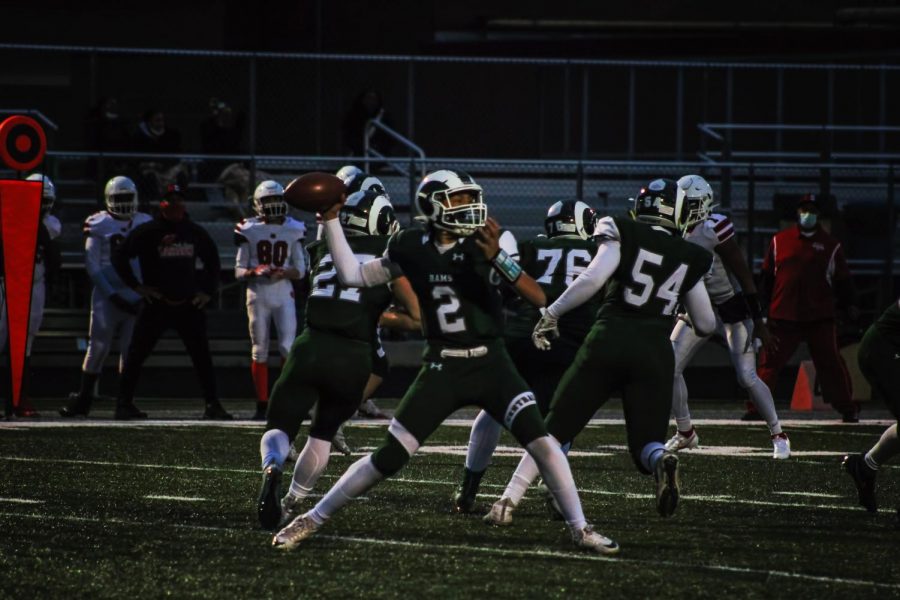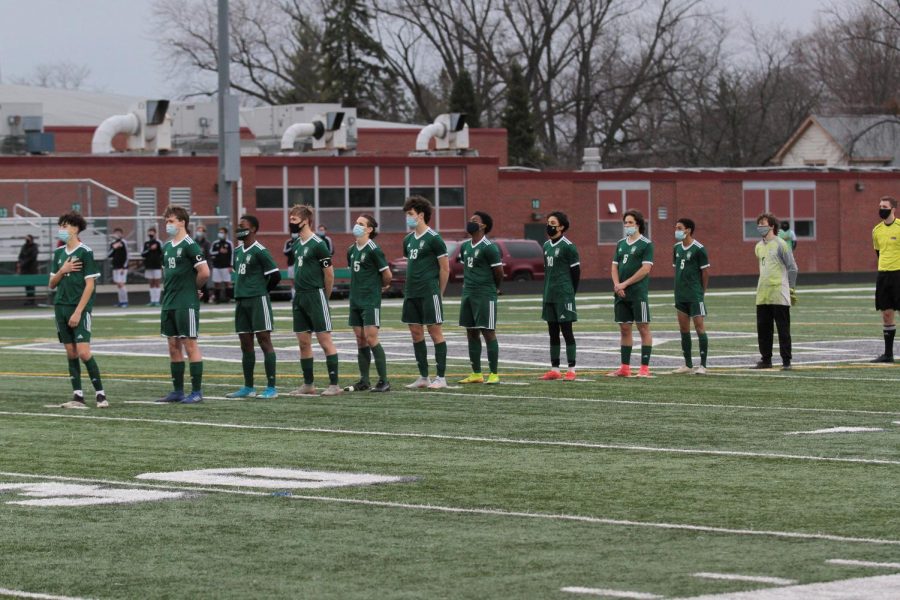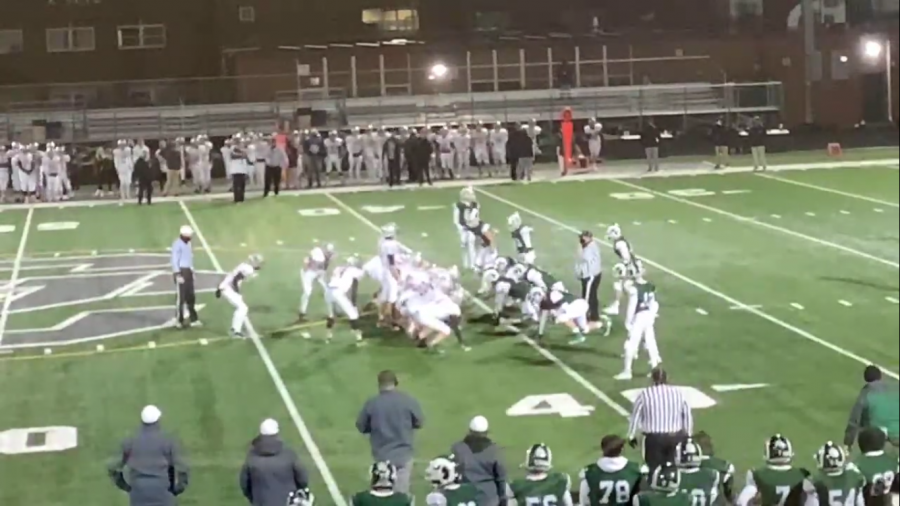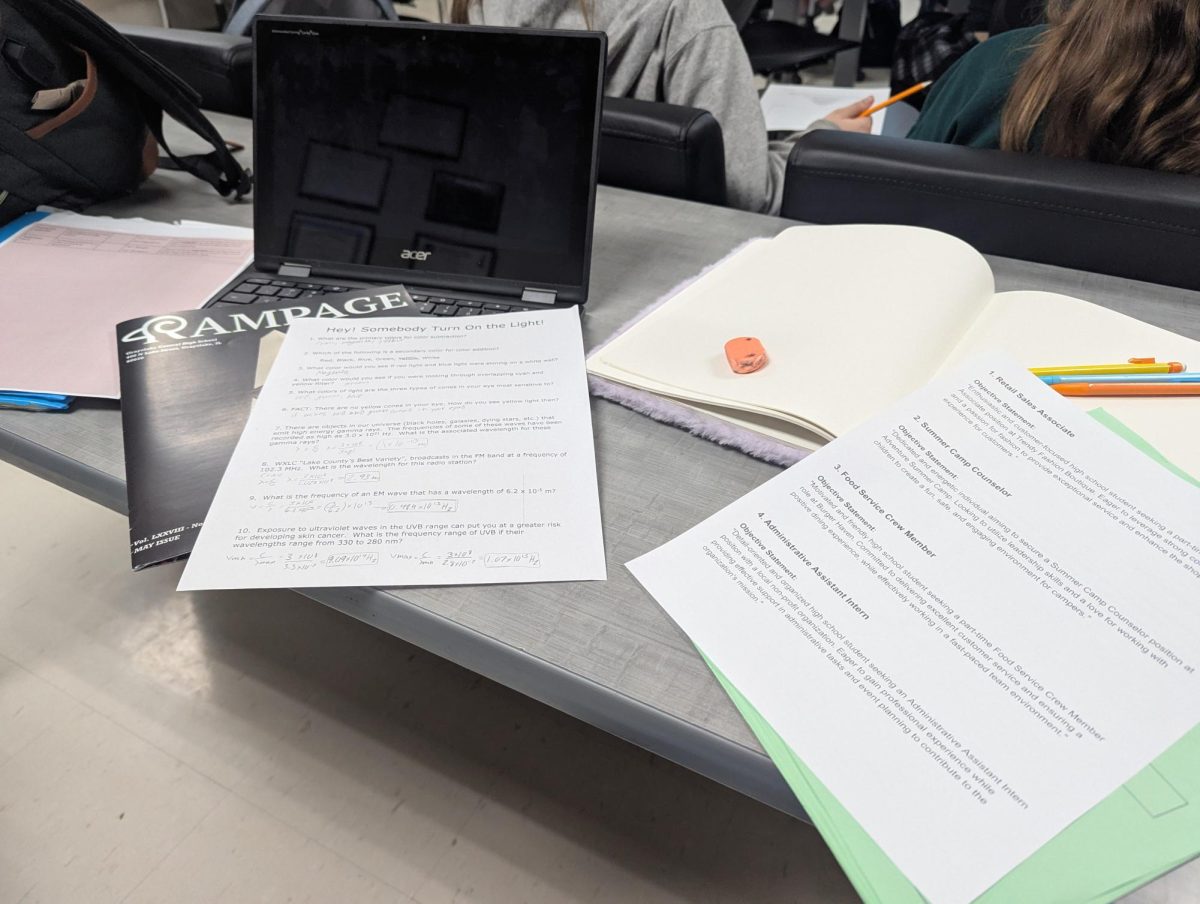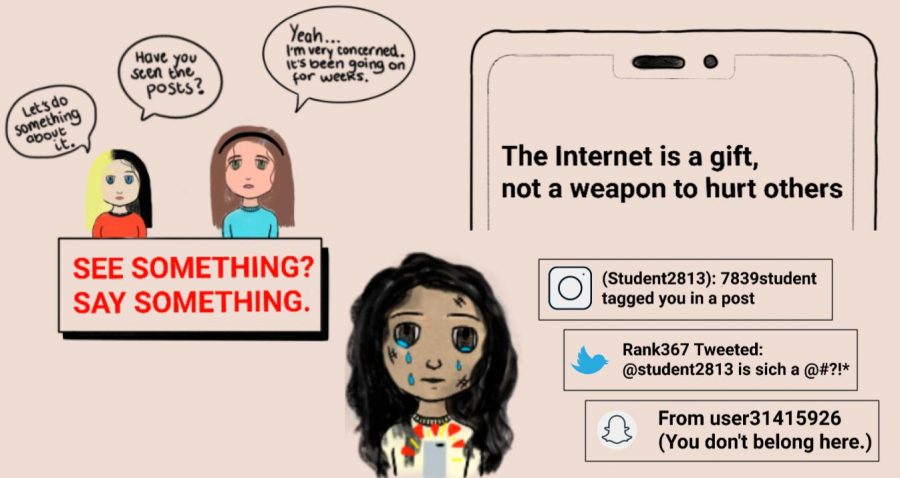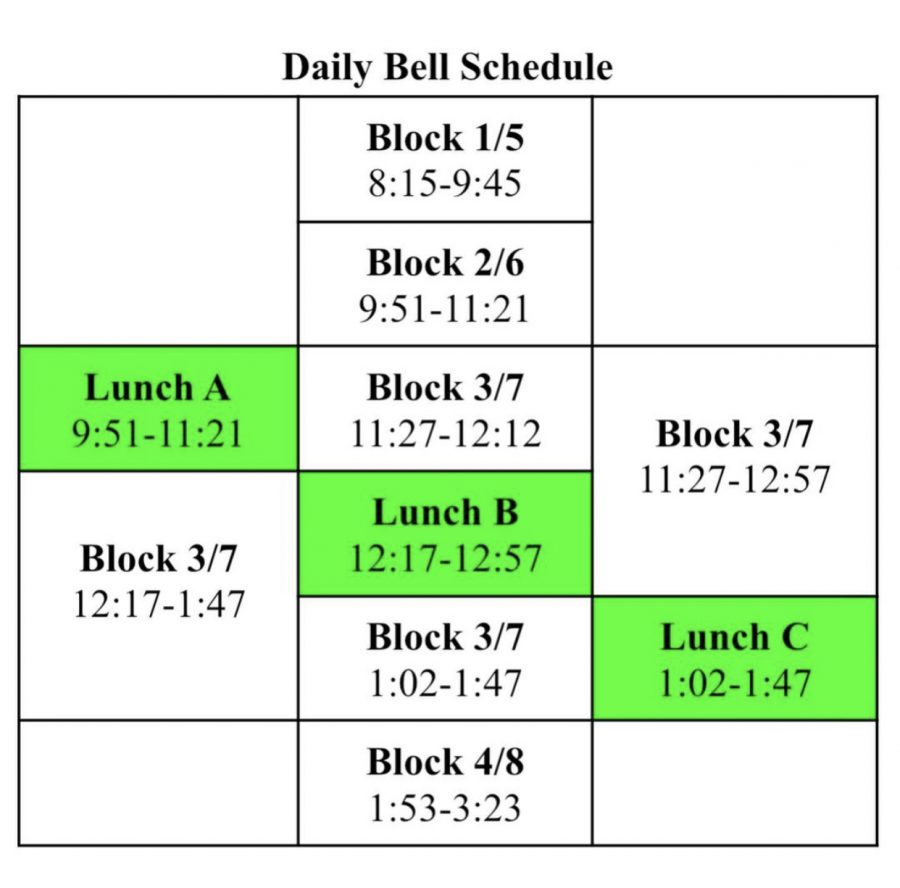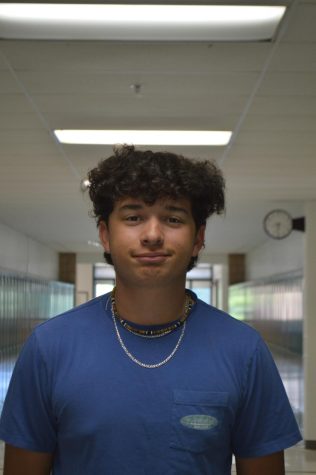D127 will switch to a block schedule next year
In the 2021-2022 school year, D127 will switch to a brand new, permanent block schedule that aims to better improve student performance, and create a more relaxed pace for the usually long school day
The new A/B block schedule will see students attend 4 classes a day with a lunch tied to 3rd or 7th period.
December 16, 2020
In the 2021-2022 school year, D127 will switch to a brand new, permanent block schedule that aims to better improve student performance, and create a more relaxed pace for the usually long school day where it can feel like one is being rushed through eight periods every day.
Similar to the current remote learning schedule, the new block schedule will see students attend four classes and a lunch per day, with students attending periods one through four on green days, and five through eight on white days. In lieu of their old lunch period, students will now have a Rams period, which can be used to study for different classes, meet with teachers, or attend special presentations and the like. Students’ new lunch will be tied to period three or period seven, with there being a lunch A, B, and C.
“You’re [either going to] go to lunch first, and then have your 90-minute class. Or, you might go to class first and have your lunch at the end [of the class]. Or… you might have 45 minutes of class, go to lunch, [then] come back for another 45 [minutes of class],” D127 superintendent Mikkel Storaasli explains.
The bell schedule change, among other changes such as blended classes, AIM and freshman transition, and the famous REAL (Real, Engaging and Authentic Learning) mission statement were all part of a district-wide strategic planning process, of which district Associate Superintendent of Teaching, Learning and Innovation, Dr. Tracey Landry was a part.
“We went through a strategic planning process as a district, which is a time where a bunch of community members… come together, and reevaluate the school’s mission, the school’s vision, and… some goal setting for the school and the district,” Landry explains. “One of the sub-goals of [the strategic plan] was evaluating our bell schedule, and deciding whether the current eight-period schedule best supported the goal of… deep, project-based, meaningful, authentic, kinds of learning for students, or whether we needed to do something different.”
The decision was also made as the result of new data showing that adolescent teenagers usually go to sleep later in the evening and wake up later into the morning than adults and that sleep deprivation caused by an early start time is quite bad for students’ health.
“[Teens’] wake time and sleep time actually shifts, so you are really not supposed to get tired as an adolescent until around 11:00 p.m., and you’re supposed to be getting about nine hours of sleep…If you look at what [the school is] doing, we’re actually asking you to give up quite a few hours of sleep because [we expect you to be on the same sleep] schedule… as adults,” psychology teacher Heather O’Connor explains. “They’ve done several studies where they have looked at the inability for people to concentrate… sometimes they say that sleep deprivation can be just as bad as driving under the influence of alcohol,” O’Connor said.
The final reason as for why the decision was made was student stress. Because students attend a class every other day in a block schedule model, they have more time to work on homework between class sessions, and because periods are longer, students may also have less homework.
“One of the things that stood out was… that the students in the block schedule reported way less stress, more satisfaction with their school and their work, [and] they reported a better school/life balance under a block [schedule],” Landry explains. “All of that really led us to this idea that a block [schedule] is what will work well at D127, and helped us achieve our goals of longer periods of time so students could do really meaningful work in class and not rush through.”


